Very quickly, in real-time, here’s a fast and simple guide to managing tomato blight. This is a good quick reference if you need a fast primer on how to prevent tomato blight and a quick-look reference for what to do when you have blight in your tomato patch.
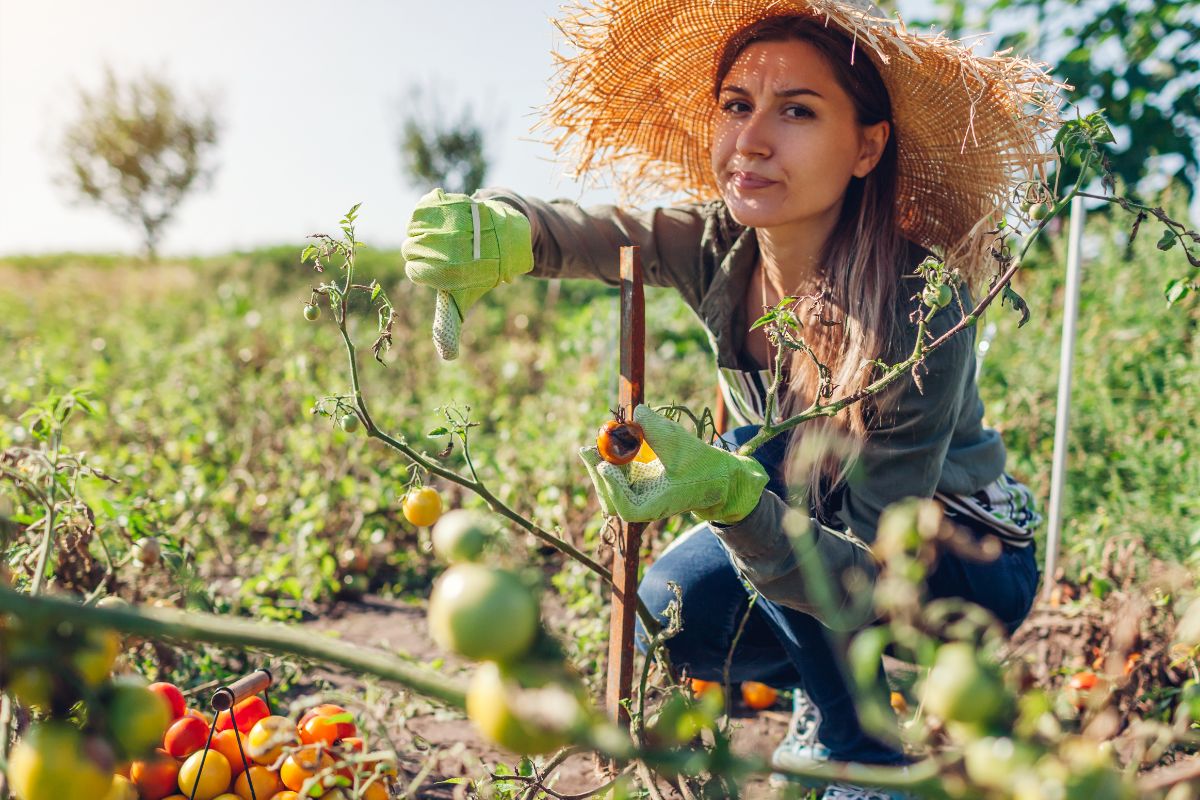
When it comes to tomato blight, fast action is the key to a cure! (Or at least, control that will give you a good, usable crop—it's almost impossible to actually “cure” your garden of tomato blight, but you can manage it, live with it, and overcome it to save your harvest.)
Jump to:
A Simple Guide to Tomato Blight Treatment
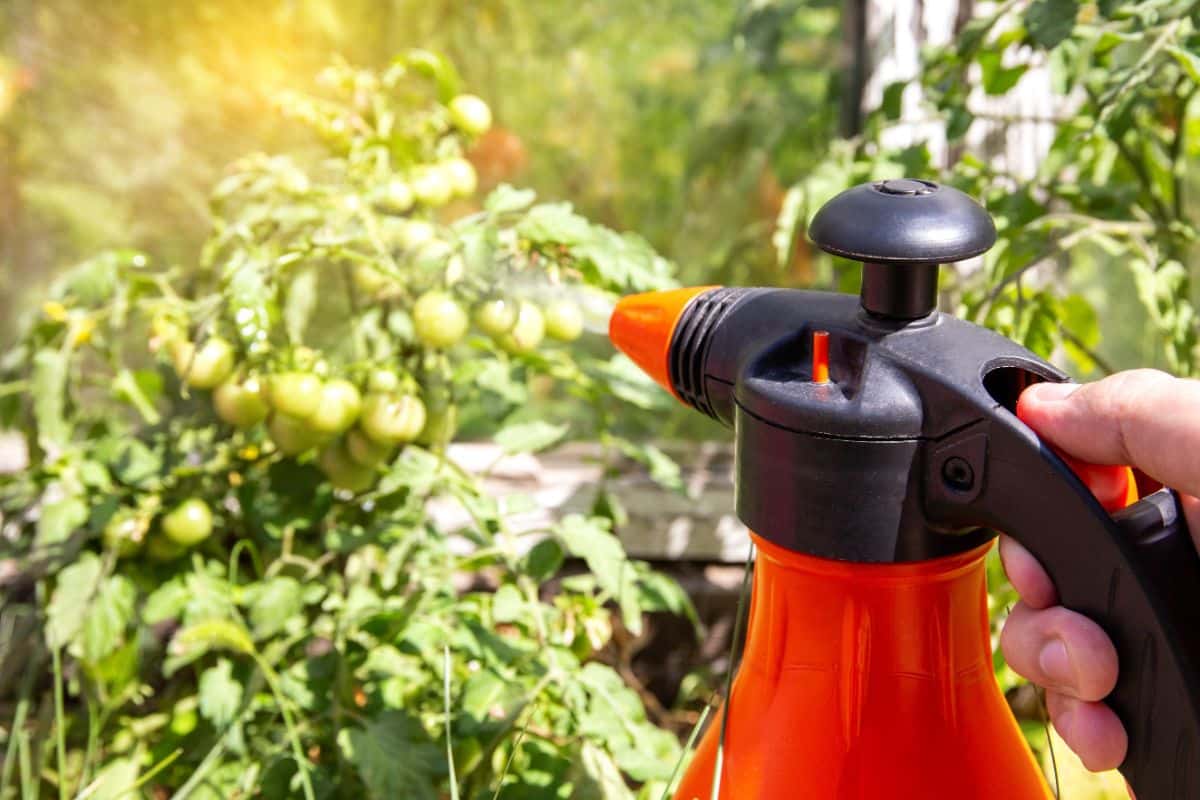
This guide breaks it down to just the basics of how to prevent and treat tomato blight.
Managing tomato blight can be broken down to three basic points of action: Prevention, Treatment, and Stopping the Spread.
Each of these points can be broken down to just a handful of action points (or less). If you follow these few points of action, you will have done most of what it is possible to have done to prevent and stop tomato blight.
Prevention
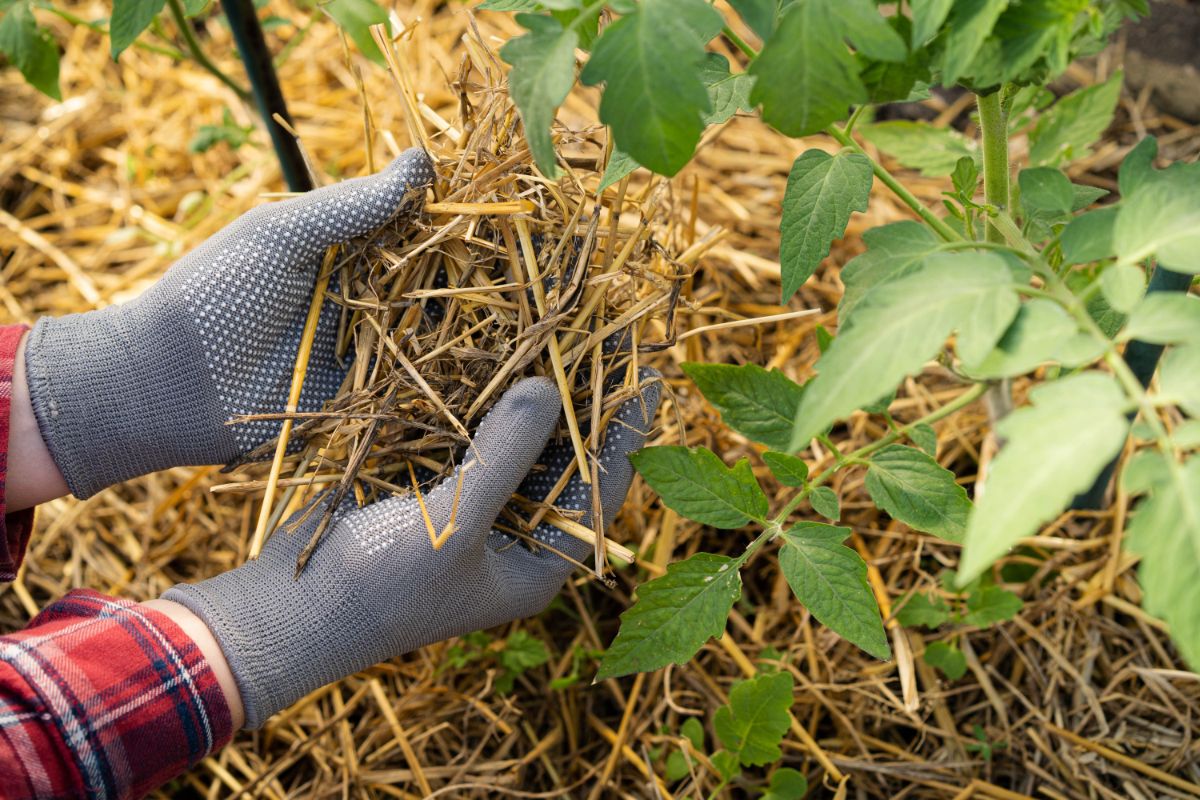
- Good Soil Nutrition
Healthy plants will be able to fight off diseases better, and if the infection is not too great, it may be able to mostly stop the disease on its own. - Control Soil Contact and Soil Splash: Mulch!!
For early blight, soil splashing up onto plants and low leaves is the primary point of contact and infection. Stopping soil splash is simple—create a barrier surrounding the plants that is between the soil and your tomatoes. Read: a mulch layer. Straw is a good choice. - Airflow
Blight needs moisture and continued wetness in order to colonize to a point where it seriously affects the plant. Circulating air and good airflow speed up drying after dews and rain. Keep adequate space between plants in the row and keep space between the rows—a minimum of two feet is recommended, and three to four feet is even better. Air circulation is also increased through good pruning and removal of excessive foliage. - Moisture Control
You can’t control the rain, but you can control the water you apply. For this, read no overhead watering. Water at the ground level with soaker hoses, which keep your plants completely dry. Fungi need water to live and grow.
Treatment
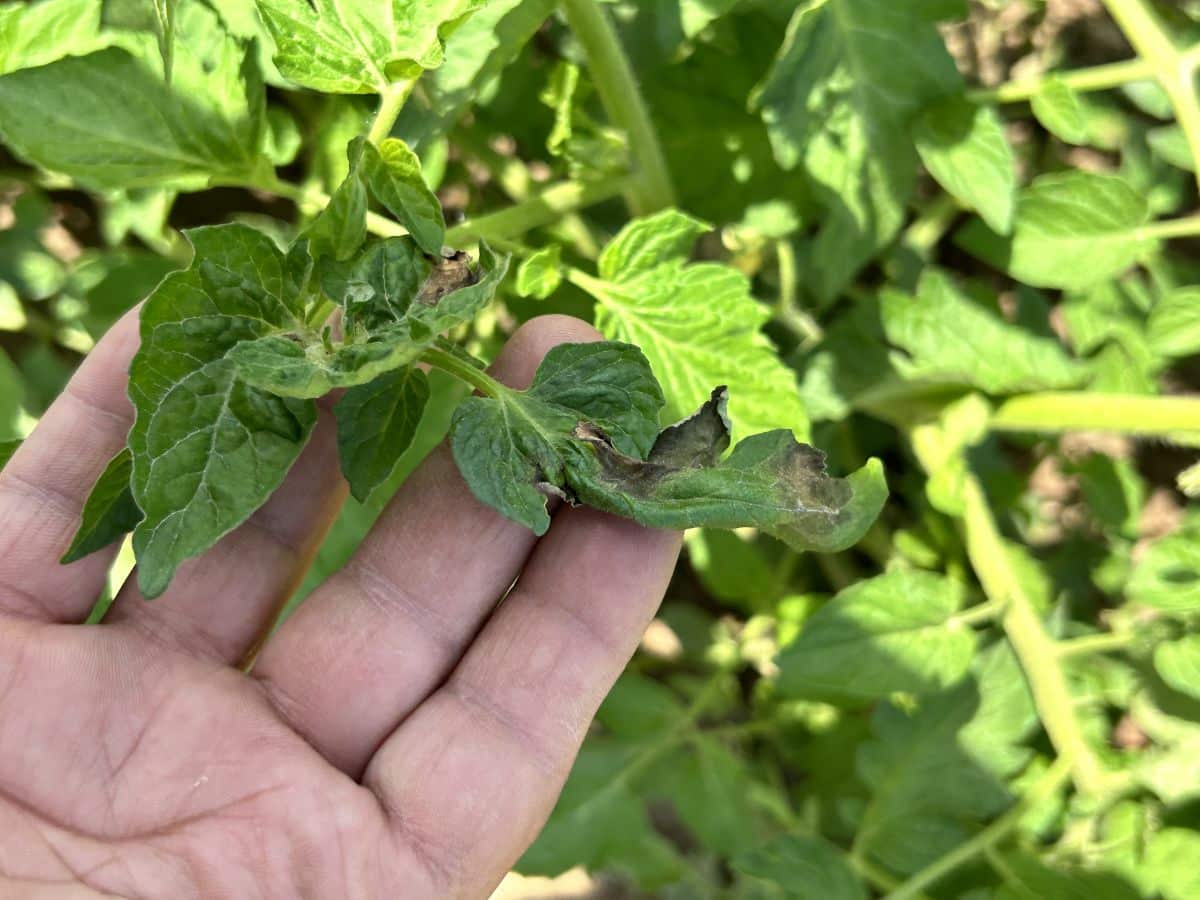
- BOLO: Be On the Look Out
Stay alert and be on the lookout for signs of fungal disease early. These mostly include tan to dark brown lesions on leaves and stems (depending on if you have early or late blight). Early blight spreads from the ground up; late blight is usually top-down.
Pay special attention in years when conditions are ripe for fungal diseases. For early blight, these include warm, wet conditions and the presence of disease spores. For late blight, these include many cloudy days, continuous rains, heavy daily dew set, and cool temperatures. These are the two keys for late blight: lasting moisture and temperatures that are steadily in the 60 and 70 degrees (Fahrenheit) range (about 15 to 21 Celsius). When you know this is the year you are having, start looking for blight symptoms and, even better, apply fungicides as a preventative. - Apply an Antifungal Treatment
When you know blight is starting, at the very sign, apply an antifungal treatment. Copper fungicide is the most recommended treatment for home gardens. It is a safe, organic product for children, pets, and most insects. (Do read product labels to know exactly how safe that product is for pollinators and beneficial insects and what, if any, precautions should be taken during and following application).
Stopping the Spread
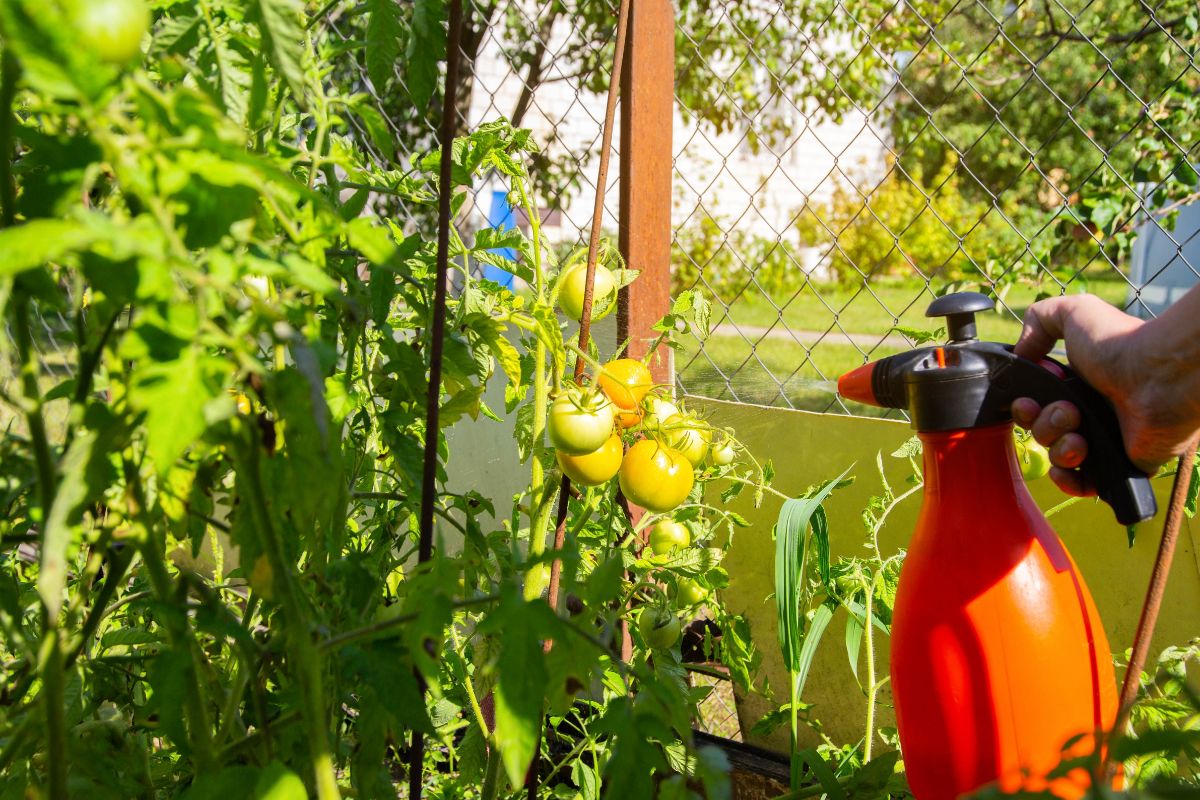
- Reapply fungicides
Apply fungicides as recommended to keep funguses under control. For most products, this means reapplying once every 7 to 10 days (about one and a half weeks). If you know you have blight, don’t wait to see how things go—do it! - Dry handling and harvesting
Wait to work in your tomato patch until plants have dried from the morning’s dew or from rain (or from overhead watering, but we know now you’re not going to do that). Don’t prune, tie, or harvest plants when they are wet. That’s a sure way to spread blight spores. - Good Gardening Practices
This is easy. Just be conscientious when you’re working in the garden. Do what your tomato patch needs you to do. This means using clean tools, disinfecting tools between plants (a quick alcohol dip will do it), regular pruning to keep air flowing, support and tying of tomato plants weekly as they grow, and general good care and attention that will help you spot the first sign of disease.
Super-Quick Summary:
- Keep enough space between your tomato plants for air to circulate
- Create a barrier with straw or mulch to stop soil splash
- Supplemental watering needs to be ground-up only
- Treat tomato blight with copper fungicide
- In wet years apply an antifungal product as a preventative even before signs of disease are present. Neem oil or copper fungicide are good preventative options.
For More Details on Preventing and Treating Tomato Blight:
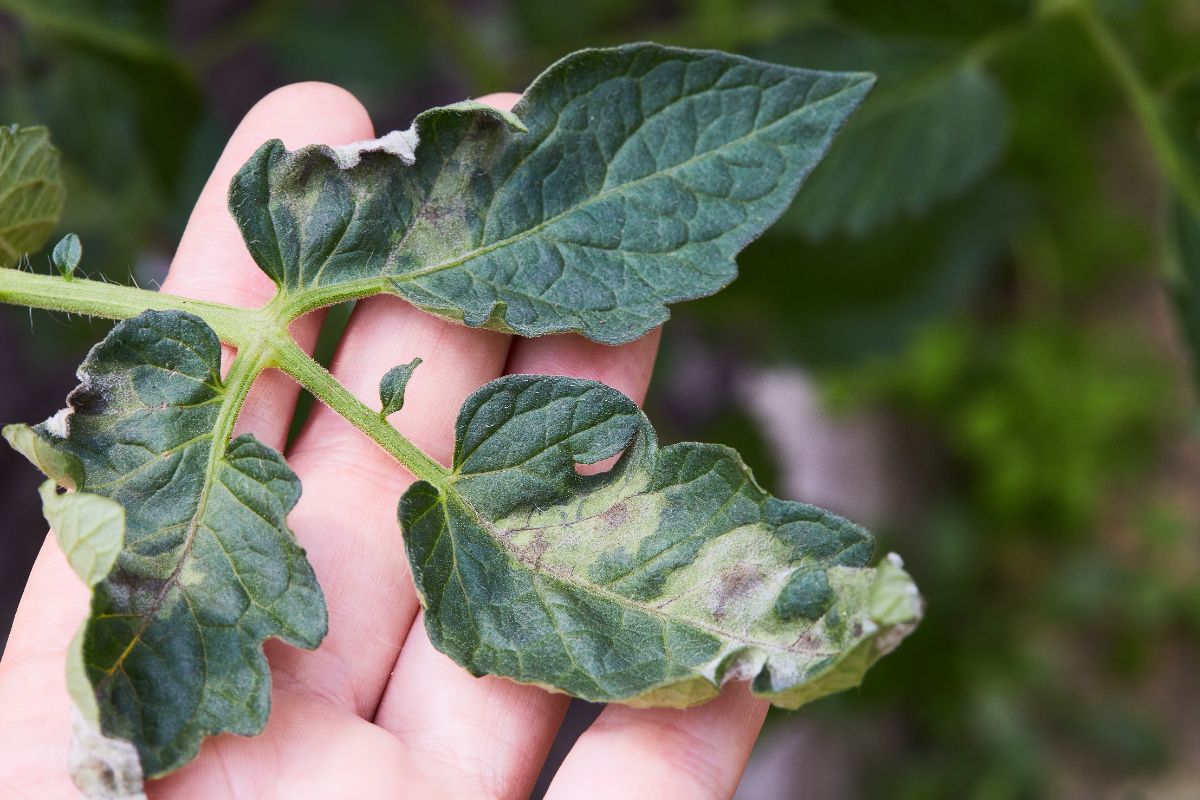
On our site, you will find a full article on Tomato Blight Prevention and Treatment Tips. In it, we go into more depth about the what, how, and why of how tomato blight infections start and spread and what to do about it. This fast-action guide is meant as a quick reference. We do encourage you to read the full article, where you will gain more insight into how to live with tomato blight in your garden.



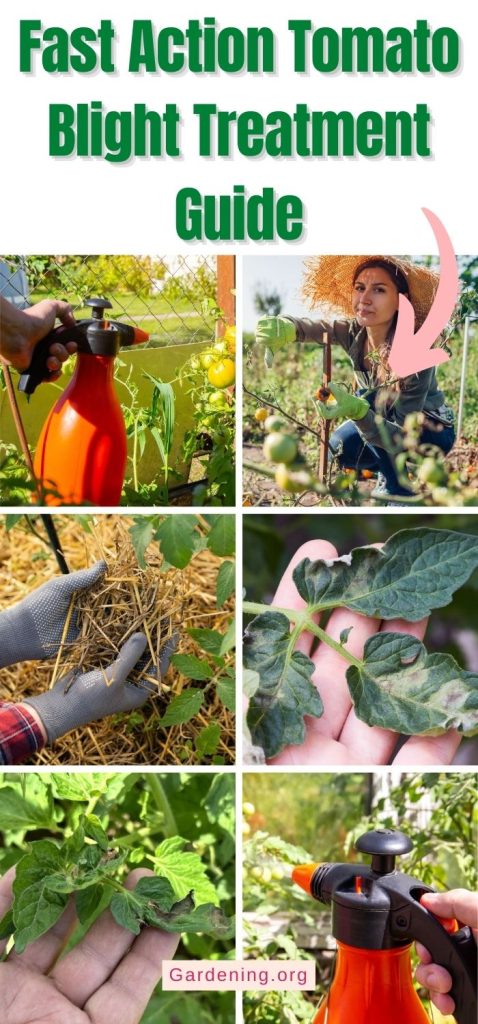
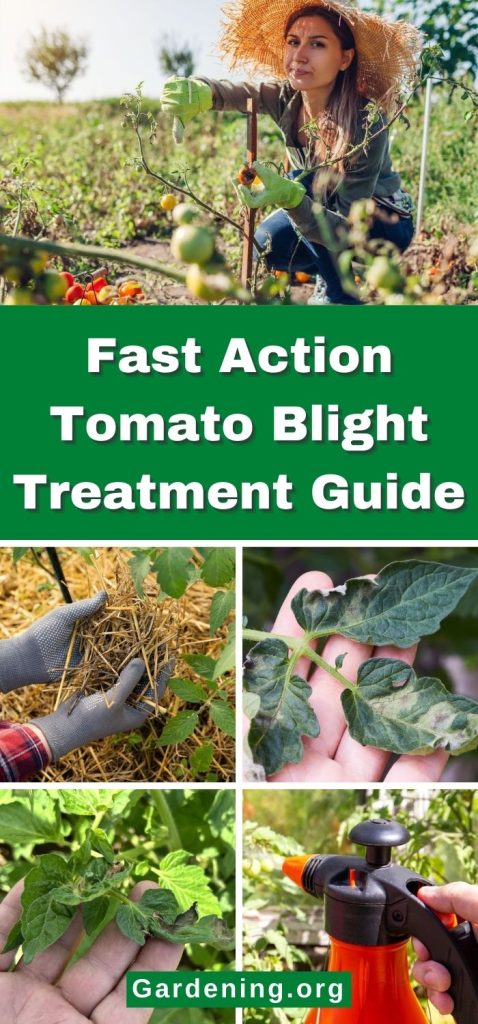
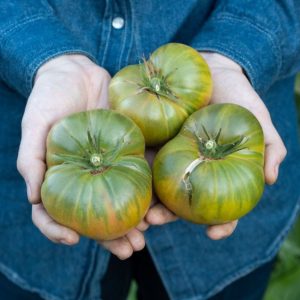
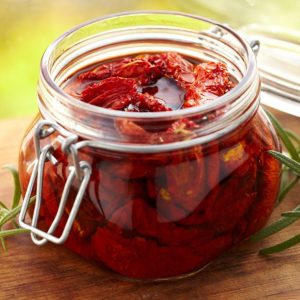


Leave a Reply